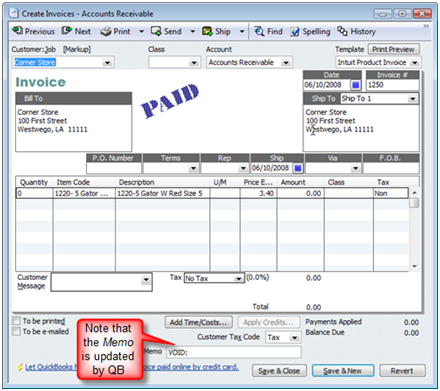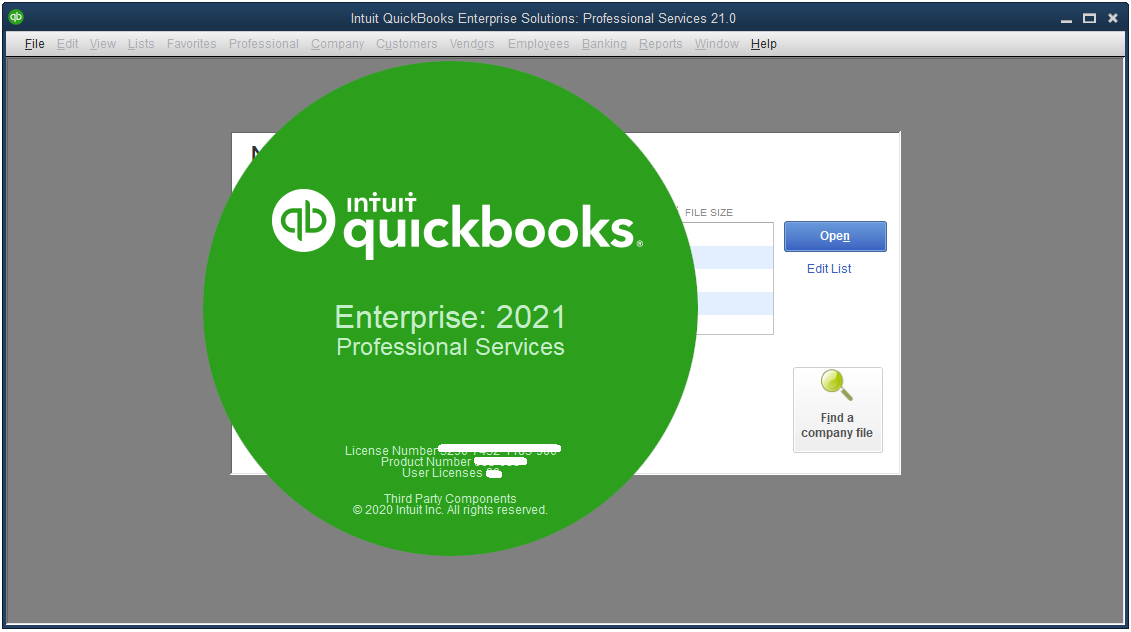

You can save the following customer information in QuickBooks:īefore you complete the import process, make sure there are no errors in your file. You’ll also find an example of how to format each cell above the column headings. If you hover over a cell, QuickBooks Pro will give you instructions on what type of information should be included there. Next, you’ll need to copy the data from your existing Excel file (ours is on the right) and paste it into the QuickBooks Excel template file (on the left). Step 2: Copy and Paste Your Customer Data Simply click “yes” to continue importing your contacts. If this is your first import (or if you haven’t disabled this message), you’ll see a popup box warning that you can’t undo imported information. Note: If your Excel file is already formatted like QuickBooks Pro’s Customer Import template, skip this step and click the “Advanced Import” section on the right-hand side of the screen to complete your import. You should then be taken to a screen that looks like this: You’ll be taken to screen that asks if you’re importing “Customers,” “Vendors,” or “Products I sell.” Note: QuickBooks Pro recommends creating a backup company file before importing your customers. To import your customers, begin by going to Customers>Customer Center>Excel>Import from Excel. We’ve broken the process down into 7 easy steps. You can add contacts one by one, but if you have an existing file full of contact information, you’ll save tons of time by importing your customers. You can’t start invoicing (and making money) until you have contacts to invoice. Credit Card Processing Fees Infographic.BigCommerce VS Shopify Comparison: Which Is Better For Your Business?.Advanced Guide to Growing Your Online Store.


The Retailer’s Inventory Management Guide: How To Use Your POS To Maximize Success.


 0 kommentar(er)
0 kommentar(er)
